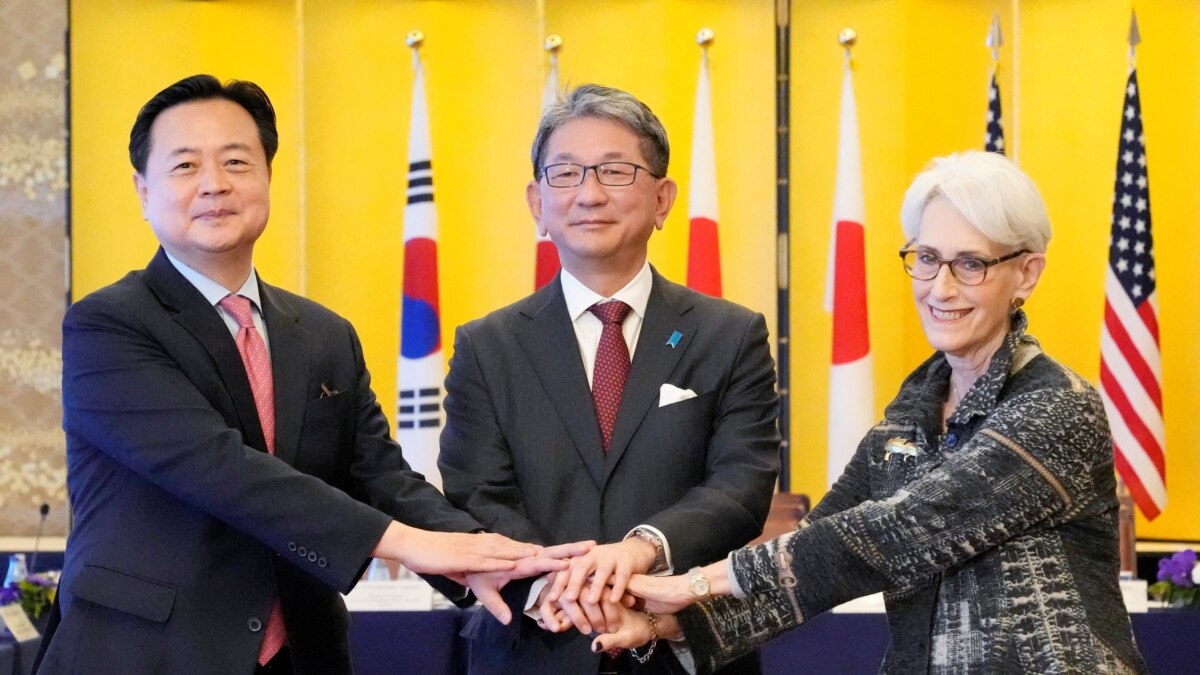Reported data published on Bloomberg website With gold bullion purchases increasing among many developing and emerging countries, including Egypt, Iraq and Turkey, this year compared to previous years, with “waning confidence” in the global financial system, which is currently in place.
Analyst David Fickling wrote in an article on the subject that the World Gold Council reported that central banks around the world bought 400 tons of gold bars in the quarter ended September, a large number given that it amounts to purchases. totals in a full year in normal times.
The data found that central banks in emerging economies were the largest gold buyers in the world in previous years.
At the top of the list is Russia, which has bought 463 tons from 2018 until now, and Turkey, which has only bought around 95 tons this year, followed by India, Poland, Kazakhstan, China, Hungary, Thailand, Japan, Azerbaijan, Brazil, Uzbekistan, Egypt, Qatar, Iraq and Singapore.
The writer claims that Turkey, whose lira fell 52% this year, bought 95 tons and Egypt bought 44.4 tons out of a total of 48.6 tons between 2018 and this year, while its pound depreciated by 20%.
It is also noteworthy that Qatar bought 15.6 tons this year, out of a total of 42.7, and Iraq bought 33.9 tons in 2022, out of a total of 40.5 in five years.
Although the Iraqi dinar is stable against the dollar, the credit default swap (CDS), which protects against non-payment of one’s debts, rose to about 9 percent in September, even after buying 33.9 tons of the metal.
India bought 40.5 tons as the rupee weakened by 8.7%.
The author points out that the 10-year US Treasury stock, which currently produces a 4.2 percent yield, looks like a much better option than gold, which pays no interest, especially now that it no longer exceeds total returns. of public debt.
US government debt was previously a risk-free investment, before falling back last February, when sanctions on the Russian central bank led to the loss of most of the $ 498 billion in reserves on its balance sheet.
And Bloomberg News reported last week that the European Union is now considering using the money to pay for Ukraine’s reconstruction.
In this situation, “in a world where it is difficult to trust someone, it makes sense to protect oneself through the metals market,” according to the author.
From this point of view, the purchases of Turkey and Egypt have become the center of attention and, although the two countries are the main allies of the United States, their relations with it have deteriorated considerably in the last decade and their governments have they are found “more simplistic with increasing authoritarian powers”.
And the path forward for international relations is darker now than it has been for decades, “and it makes sense in this world that central bank reserves are not so tightly bound by relations with one country.”
The report states that advertised buyers represent only about 120 tons, up from 400 tons bought by central banks in the third quarter, but “you can get a good idea of the other candidates, looking at the countries that have managed the largest current account surpluses. to say the balances that governments use to buy their foreign exchange reserves.
Outside of Europe, the major players are countries whose “relations with the United States are eroding, such as China, Russia and Saudi Arabia”.
The dollar remains the main intermediate currency so far, with around 88% of monetary transactions involving the dollar this year. However, the dollar’s share in central bank reserves is rapidly decreasing from 65% at the end of 2016 to 59% at the beginning of this year.

